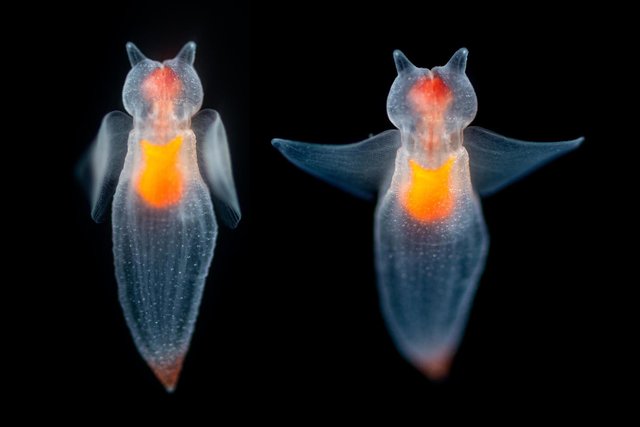
Sea angels (clade Gymnosomata) are a large group of small free-swimming sea slugs, not to be confused with Cnidarians (Jellyfish and other similar creatures), classified into six different families. They are pelagic opisthobranchs in the clade Gymnosomata within the larger mollusc clade Heterobranchia. Sea angels were previously referred to as a type of pteropod.
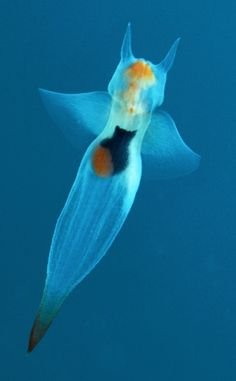
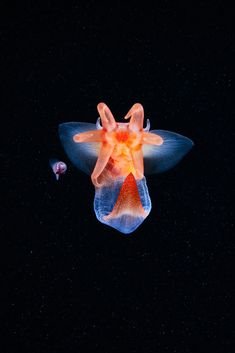
Sea angels are found worldwide in cold and temperate waters. They typically live in the midwater zone, from the surface to 2,000 feet deep (600 meters). Our research partner, MBARI, has sighted sea angels as deep as 5,921 feet (1,805 meters
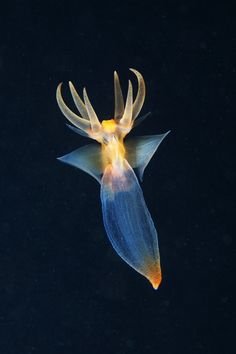
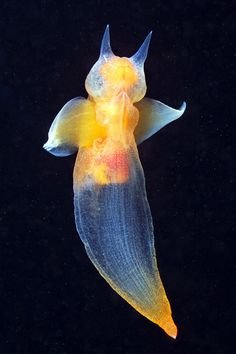
Life cycle: The sea angel is a hermaphrodite, meaning that they can become whatever sex they needed to be to mate with another C. Limacina. Mating between the angels involves cross-fertilization and results in about 20-30 fertilized eggs. The eggs are laid in a gelatinous mass where they hatch into a larval form
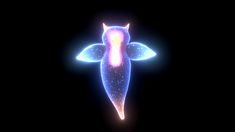
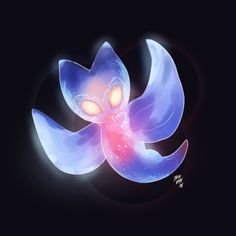
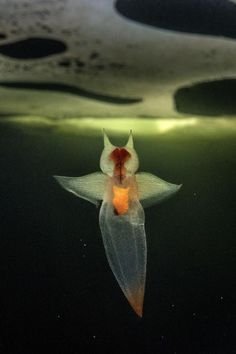
Diet. Sea angels are predators that devour other swimming snails, including sea butterflies. One species, Clione limacina, is a very selective eater — it feeds exclusively on sea butterflies in the genus Limacina.